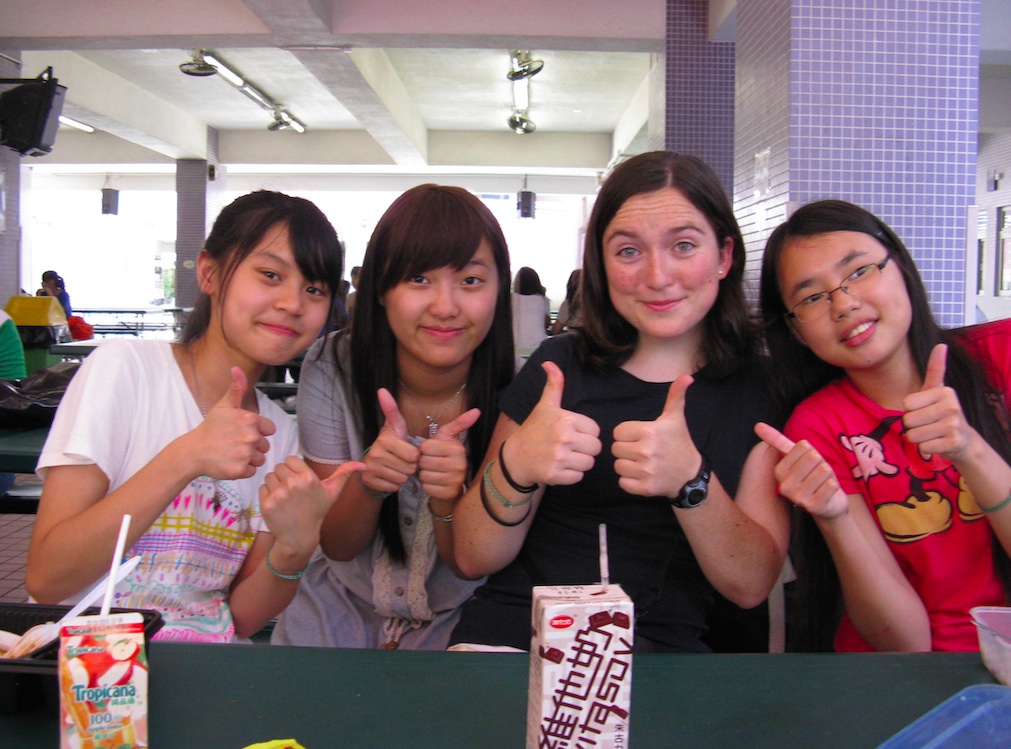
“The harder the conflict, the more glorious the triumph.” – Thomas Paine
If you fit into any of these categories below, this post will give you a tool you can use all of the time. Do you want to…
- Build Deeper Relationships with Teenagers and Help them with Conflict Resolution with their Friends?
- Lead Small Groups Effectively
- Train Volunteer Youth Leaders How to Deal with Conflict
- Be a Christ-Centered Parent to Teenagers and College Students
This tool is for you…
PERSONAL STORY
Have you ever had what you thought was a really great idea that in the end went horribly wrong?
One winter a few years ago we got a storm that dropped about 3 feet of snow in our neighborhood. And since we didn’t have a snow plowing service, I thought it would be a “great idea” to take my Toyota Landcruiser out, put on the chains and just drive up and down the street a bunch of times to make some tracks for our neighbors to be about to get out of the neighborhood. I got my kids in the car, we started driving like a tank through huge drifts of snow, having lots of fun, and it seemed to be working.
Well, after the snow tracks got packed down… all of a sudden, we hear this huge “screech, ka bloom…” and the front end of my Landcruiser lost its steering. I thought… oh, the snow must be too deep lets just rev the engine more… well we drove right up on the sidewalk and I couldn’t steer the front end… we got out and discovered that unbeknownst to me, my chains had started to digging through the snow and was grabbing onto the asphalt below the chain had broken, wrapped around the steering arm, and snapped it… so the front wheels were turned completely sideways… (as the tow truck lifted my Landcruiser up to drag it way I thought, “Hmmm… I sure did think that was a great idea… but it was a really bad one…”
Joshua 22 is a profound story that shows how one group of Israelites thought they had a Great idea, but actually it turned out to be a really bad idea, and hurt other folks badly… maybe that sounds familiar in your life?
CONFLICT + RESOLUTION = INTIMACY
Conflict resolution is not just a skill for counselors. If you want good relationships in a sinful world, you will have to learn how to resolve conflict.
Early on in my ministry experience I learned a formula that continues to ring true in my life: CONFLICT + RESOLUTION = INTIMACY. When you step toward the person you are in conflict with, and humbly seek resolution, the natural result almost always is that we become closer to that person. There is no silver bullet on how to do this, but one technique that I learned from studying Joshua 22 has given me a tool to resolve conflict.
CONFLICT RESOLUTION IS LIKE “CHESS”
To get the most of the technique I am about to share you really have to read Joshua 22. Maybe read it now or at least read it after you finish reading this post. Like “chess,” to win the game you have to be aware of the whole situation, you have to think ahead and anticipate obstacles. Similarly, what we learn from Joshua 22 is that the context behind this event is an epic conflict that almost began a civil war among Israel. Joshua 22 gives us a formula for conflict resolution that lawyers and professional peace-makers still use today.
After studying this passage and how this conflict was resolved I thought of an Acronym, CHESS to help remember the main steps for conflict resolution. I like acronyms because in the heat of the moment it is easy to remember them and then you can start walking through the situation with more objectivity and less emotion.
Here is the easy memory tool called, “CHESS” that you can use to diffuse and resolve conflicts successfully:
C: CHARACTERS
First identify all of the characters or people involved in the conflict? Joshua makes a point to list out all of the tribes and some of the background of jealousy and animosity between these tribes. Sometimes we jump over thinking about the bigger context of our relationships because we are so distracted by our hurt. It is important to understand each person involved in the conflict because there may be a few people you need to have a conversation with, not just one. Ask: Who are all of the people involved in this conflict?
H: HISTORICAL RELATIONSHIPS
What is the history of the relationships in this conflict? Step back and think about if there is a history of this type of conflict with this person. Maybe there is a pattern that needs to be pointed out. By thinking of the history of your relationship with this person will do two things:
- First it cause you to “take the log out of your own eye before you try to take the speck out of the other person’s eye.”
Why do you look at the speck of sawdust in your brother’s eye and pay no attention to the plank in your own eye? How can you say to your brother, ‘Let me take the speck out of your eye,’ when all the time there is a plank in your own eye? You hypocrite, first take the plank out of your own eye, and then you will see clearly to remove the speck from your brother’s eye. (Matthew 7:3-5)
- Second, it will give you more perspective in how to approach this person with grace and patience because you will not come across as an irrational person with a selfish agenda to be right.
E: EVENTS
What is the flow of the Events that led up to the conflict? Are there any other mini-conflicts or offenses that led to this current blow up? If you take the time to become aware of the events leading up to this conflict, other people will respect you when you initiate a conversation. They can tell that you care because you have spent time thinking about the whole situation, not just your own hurt.
S: SIDES
There are always two side’s of the story. If you want to be a peacemaker and relationship builder you need to realize there is always two sides to a story. Get the other person’s story and actively listen to them. Repeat back to them, “So what I’m hearing you say is… Is that right?” Then they have a chance to correct you if you heard them wrong, or to affirm that you heard them correctly.
S: STATE THE PROBLEM CLEARLY
Joshua clearly states the problem and offers resources to resolve the problem. He identifies the relevant issues, that made the problem blow up. Then Joshua explained what resources the people had to deal with the problem to resolve the conflict (they had the Law of Moses, and the authority of the priests to look into the matter). [1]
If you’d like to listen to my full 40 minute talk explaining Joshua 22 you can click the link below. Thanks!
Please share this post with a friend who might benefit from it!
[1] The case-writing principles developed in this post were inspired by the following case-study tool for missiology: 7 Steps to Making a Case Study into a Learning Tool




